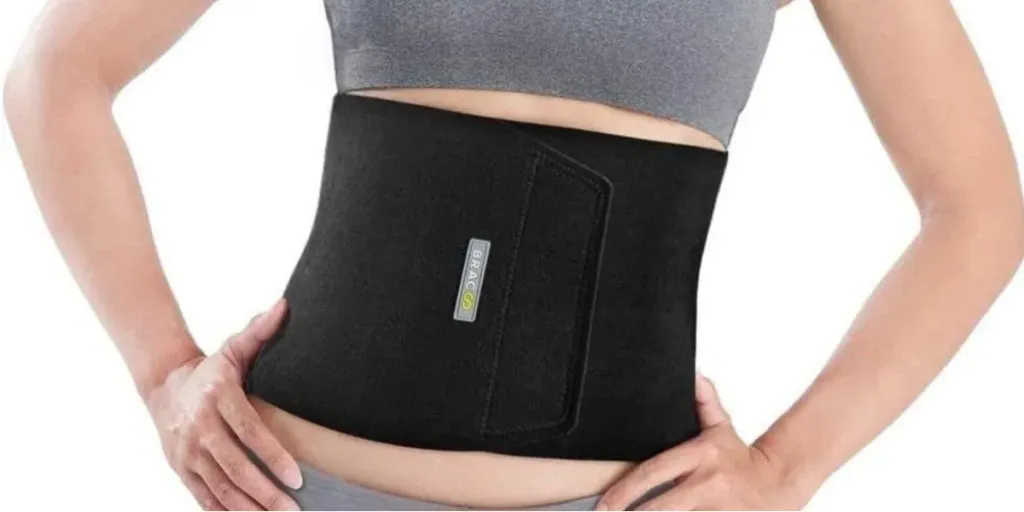Many marketers or manufacturers promise waist trimmers can do amazing things. Some say they can help one to lose weight, while others use them during exercises to increase core strength. But regardless of what consumers think, marketing waist trimmers is more volatile than ever. After waist trimmers blew up in popularity, questionable products popped up with over-promising effects, leaving a stain on the market.
However, some brands have positioned themselves in a better light by avoiding some marketing mistakes. This article will highlight six things businesses must avoid when marketing waist trimmers and three strategies to adopt for more sales in 2024.
Table of Contents
An overview of the waist trimmer market
6 problems that hurt the marketing efforts of waist trimmers
2 proactive strategies retailers should adopt for more waist trimmer sales
4 types of waist trimmers businesses can add to their inventory
Bottom line
An overview of the waist trimmer market
Waist trimmers are part of the shapewear market, which experts valued at US$ 2.4 billion in 2022. According to Straitsresearch, the shapewear market will hit US$ 3.8 billion by 2031 at a 5.5% compound annual growth rate (CAGR). The report also attributes the market’s growth to advancements in shapewear fabrics and increasing shapewear for men. North America is the highest revenue contributor to the shapewear market, with experts predicting the region to boost a 7.7% CAGR over the forecast period.
6 problems that hurt the marketing efforts of waist trimmers
Neglecting changing public perception

The public is increasingly skeptical of “quick-fix” weight loss solutions, and the conversation is shifting towards sustainable, healthy habits. If retailers neglect this change, many potential buyers may perceive their waist trimmer offers as outdated or gimmicky, especially when they market them for extreme body shape goals. And retailers may alienate a growing market segment that’s put off by unrealistic promises.
Possible solution
Since consumers crave authenticity, businesses must shift the focus from solely “slimming” to ideas of core support, improved posture during workouts, temporary reduction in bloating for special events, or as a part of postpartum recovery.
Disregarding the proliferation of misinformation
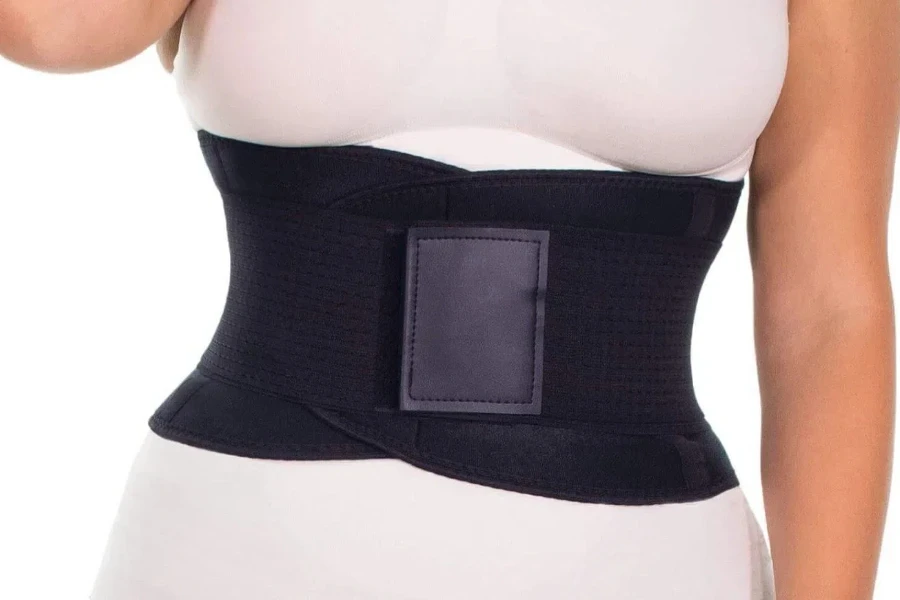
False claims are common in online spaces. Some influencers promote “miracle” results and unsafe practices regarding waist trimmers. Unfortunately, this marketing style creates a landscape where consumers have unrealistic expectations or keep seeing unhealthy ideas. Even if retailers curate legitimate waist trimmer collections, disregarding this issue will result in them spending more time and effort battling widespread information than promoting their brand.
How to tackle this problem
One angle retailers can take to avoid this issue is proactive education. They can create content (blog posts, videos, etc.) to debunk common myths about waist trimmers (in a non-judgmental way) while promoting their products as ‘genuine.’
Ignoring backlash potential
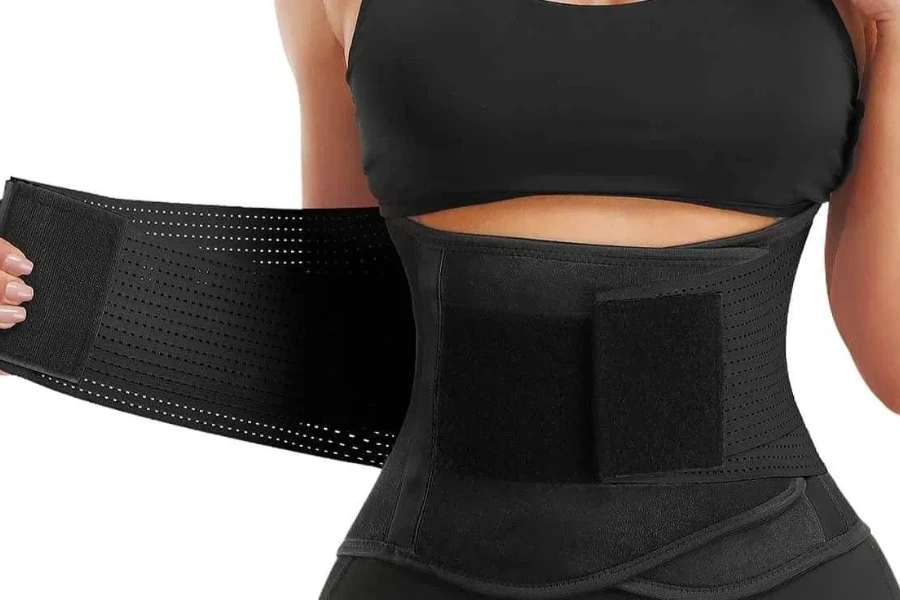
It’s no secret that consumers have become more aware of body positivity and the dangers of disordered eating. For that reason, poorly executed waist trimmer marketing can quickly trigger a backlash, especially when retailers ignore all the red flags. For example, a single insensitive social media post or poorly phrased ad can spread rapidly and cause significant brand reputation damage.
In addition to losing sales, retailers may need to invest heavily in crisis management or rebranding. Most of their budget may go into negating past marketing efforts.
How to solve this issue
Start by implementing a thorough campaign review process with multiple people providing input and specifically looking for unintended interpretations or sensitive language in the waist trimmer marketing message. And in the event of a mistake, retailers must have a plan for swiftly and constructively addressing negative feedback to get business back on track.
Underestimating the competition

Waist trimmers are very popular, so it’s no surprise that the market is oversaturated. In truth, most businesses offer products beyond simple waist trimmers. Customers can find shapewear lines, post-surgical compression garments, and even tech-focus products that promise similar claims and results.
Therefore, underestimating the competition and failing to differentiate waist trimmers will make the retailer’s offer easily replaceable. Without a clear, unique selling point (USP), business buyers will primarily compete on price, leading to reduced profit margins and a tight struggle for brand recognition.
Potential solutions
Differentiation is essential for carving out a profitable niche within a crowded market. So, businesses must focus on a target audience (post-partum, athletes, or those with back pain seeking extra support) and tailor their messaging and features to their unique needs. Also, watch the trends for material, design, or adjustability improvements that can give offers an edge—especially if they address common user complaints.
Overlooking the importance of material quality
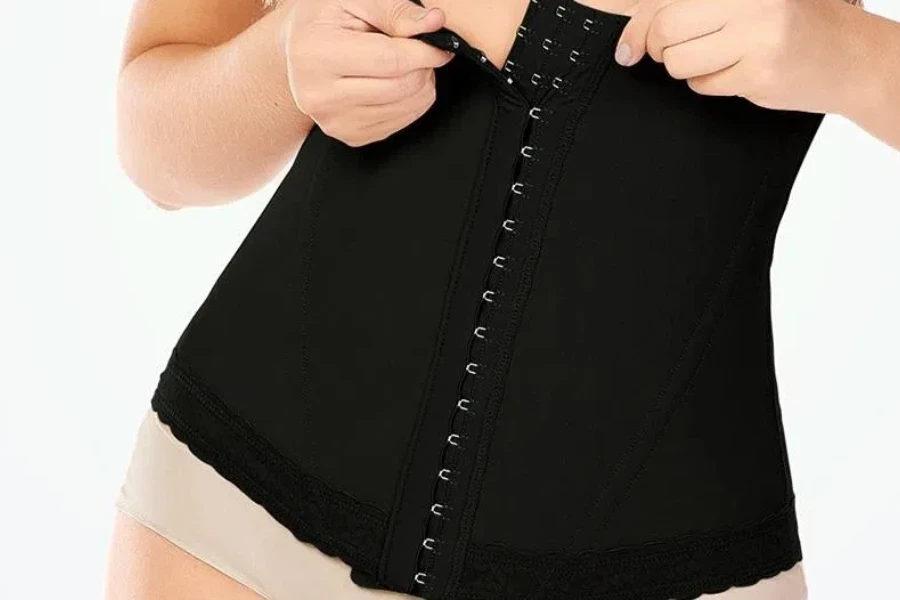
Marketing may be important, but businesses must not overlook the quality of their products. Waist trimmers featuring low-quality neoprene of inflexible materials can cause excessive skin irritation, poor breathability, and look/feel awkward, severely affecting the user’s experience. Negative reviews spread quickly, and dissatisfaction with the product makes all marketing claims worthless.
How to prioritize quality
Explore waist trimmers with breathable fabrics, anti-odor technologies, and flexible yet supportive materials that minimize rolling, bulging, and other uncomfortable issues. Also, make comfort a key selling point, explicitly addressing concerns about irritation and skin breathability in the marketing strategy. Adding a satisfaction guarantee and easy returns shows customers that retailers have confidence in their waist trimmer’s quality, leading to more sales.
Ignoring SEO blind spots
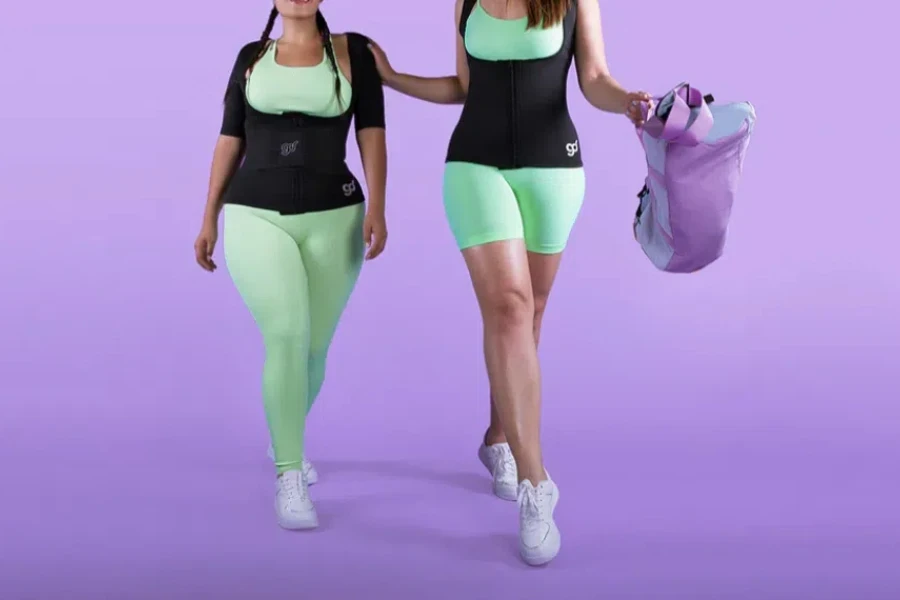
Online businesses must fight for search visibility, and the same is true for those selling waist trimmers. But relying too heavily on generic, highly competitive keywords like “waist trainer” or “lose belly fat” is unlikely to drive traffic. Remember the search landscape is packed with big players and aggregator sites, so retailers’ investment into content and SEO will see little return if they ignore SEO blind spots.
How to leverage these blind spots
Business buyers must rank for searches their potential customers use, not just broad catch-all terms. One good angle is getting specific with long-tail keywords (e.g., “postpartum waist trimmer for core support” instead of just “waist trimmer”). Customers also search for answers online, so retailers can create content around common questions to draw their attention (e.g., a blog addressing the question “Can I wear a waist trimmer during cardio?”)
2 proactive strategies retailers should adopt for more waist trimmer sales
Harness the power of user-generated content (UGC)
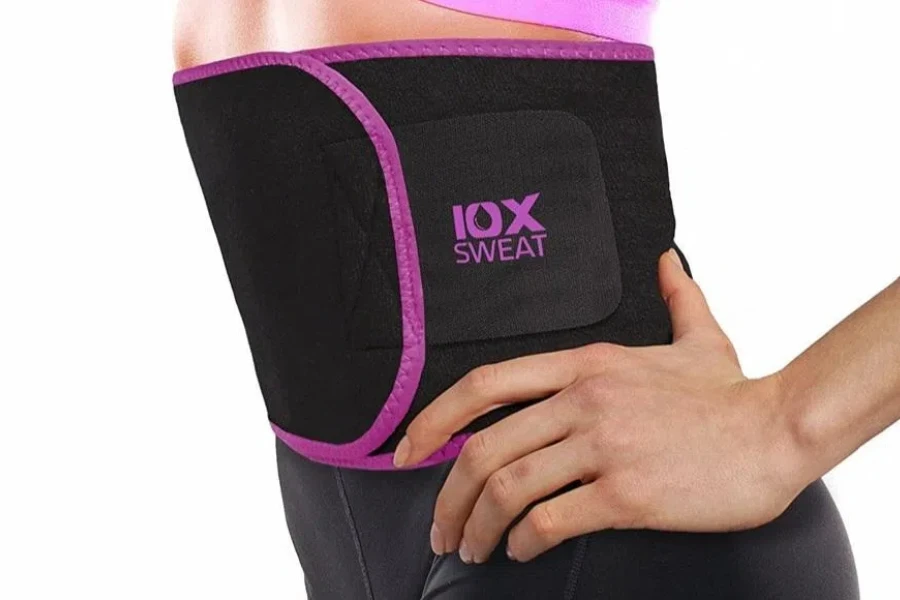
UGC builds trust and authenticity. Seeing real people using waist trimmers and achieving results resonates more deeply than staged marketing photos. Thankfully, harnessing this power is pretty easy.
Retailers can run contests or promotions encouraging customers to share their experiences with waist trimmers purchased from them on social media. Also, business buyers can partner with fitness influencers who align with their brand value to show themselves using waist trimmers in their workouts and encourage their followers to purchase.
Focus on sustainability and transparency
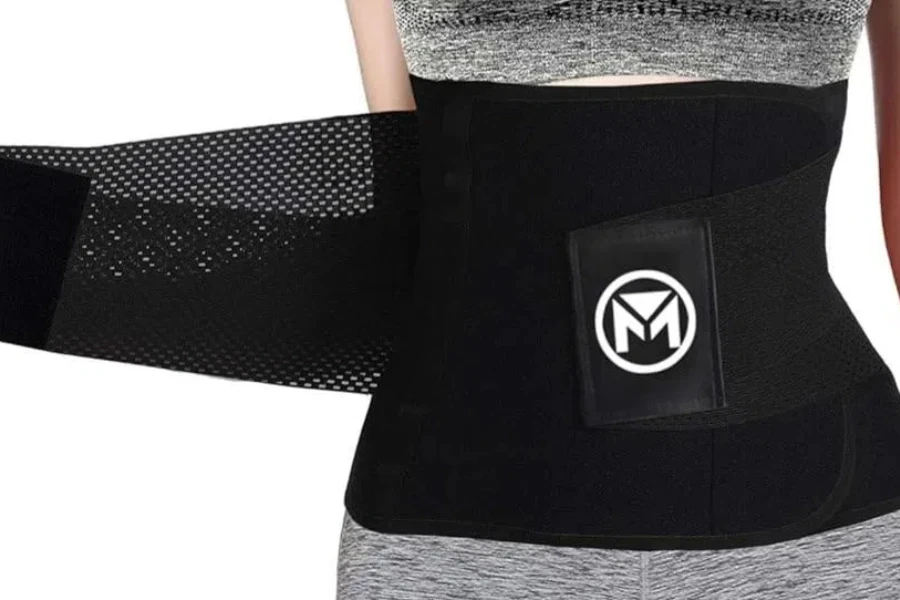
It’s no secret that consumers today are more concerned about ethical production and environmental impact. And now that many businesses lie and underdeliver, customers also value transparency. Business buyers can now use this trend to help sell more waist trimmers.
They can highlight sustainable practices in their supply chain, patronize suppliers using recycled materials (like those on Alibaba.com), and ensure clear labeling about product origin and care instructions. Also, retailers should be transparent about limitations; waist trimmers are not magic solutions—emphasize the importance of healthy lifestyles for long-term results.
4 types of waist trimmers businesses can add to their inventory
Neoprene waist trimmers
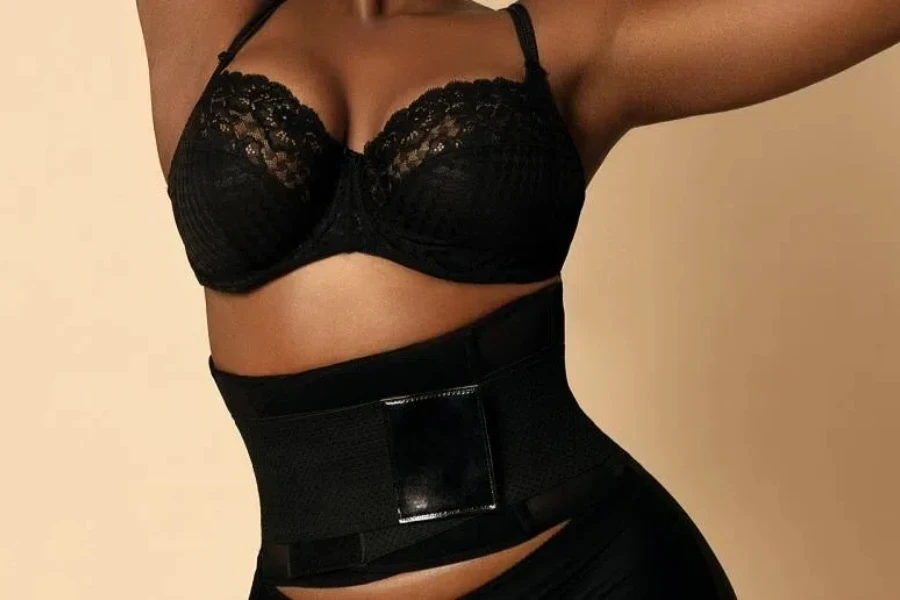
These waist trimmers feature thick, insulation neoprene material that increases sweat production and heat around the midsection. Customers often use them during workouts to enhance fat burning and water weight loss.
Latex waist trimmers
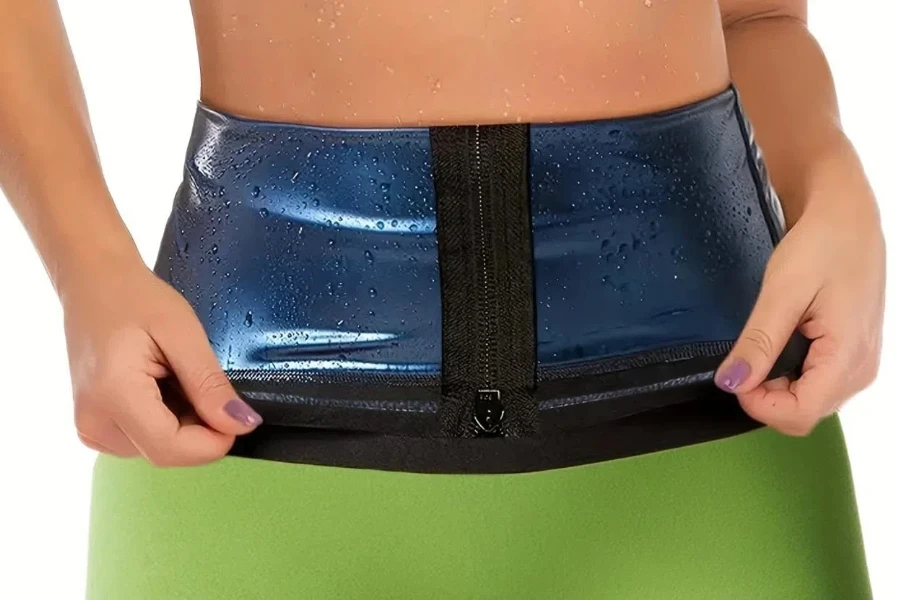
Similar to neoprene trimmers, latex waist trimmers have designs that increase perspiration and raise core temperature. Hence, they also aid weight loss and waistline toning. Some people find latex more effective than neoprene due to its higher compression level.
Waist trainer corsets
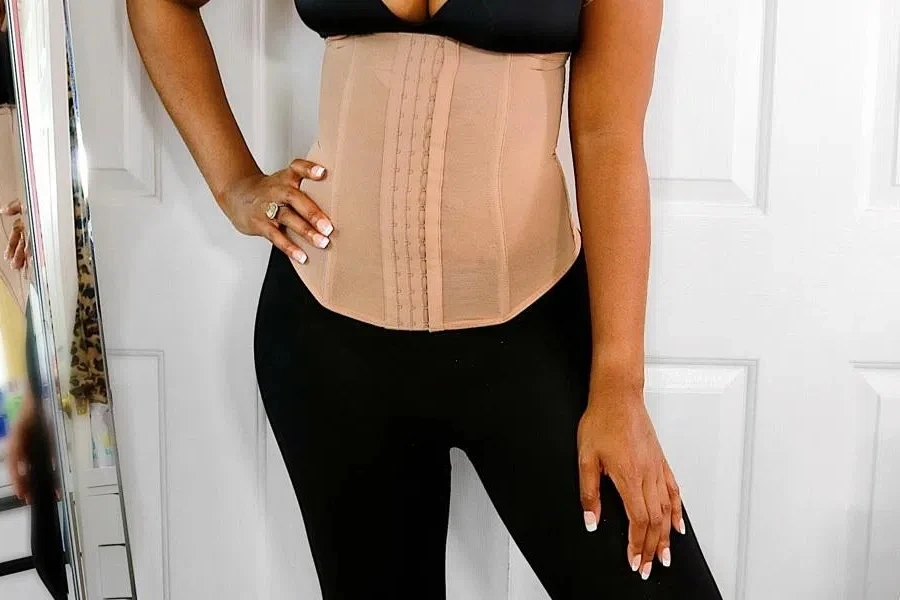
Waist trainer corsets offer a combination of compression and support. They typically have structured designs with boning to shape the waistline and improve posture. While not ideal for exercise, customers can wear them under clothing for a temporary slimming effect.
Wrap-style waist trimmers
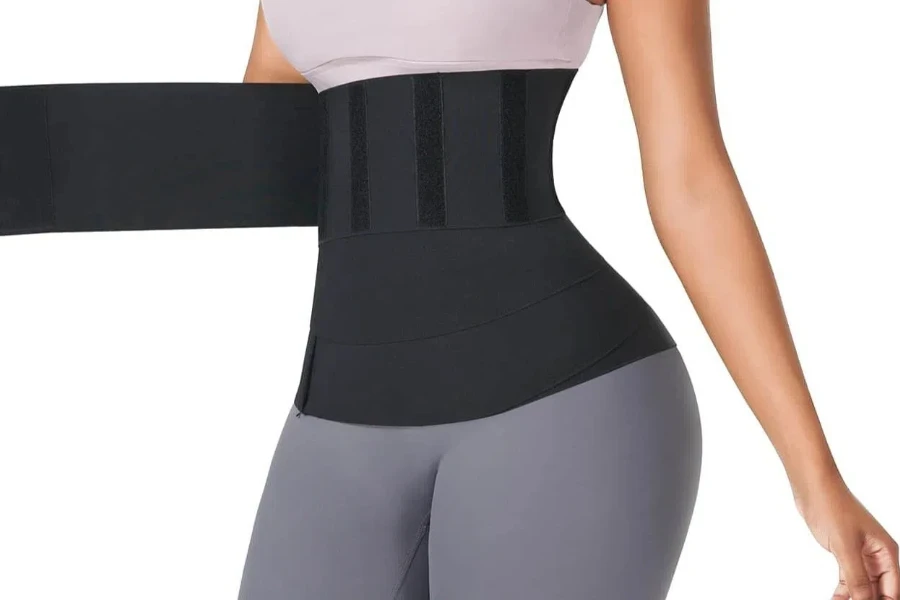
Manufacturers make these trimmers from flexible materials like nylon or spandex and fasten them with Velcro or a similar closure. Wrap-style waist trimmers are adjustable and easy to put on/take off, making them the most convenient option for everyday wear or light workouts.
Bottom line
Waist trimmers became very popular in the mid-2010s, with celebrities like Kim Kardashian starting huge businesses by selling them. Twenty-four years later, waist trimmers are still insanely popular among women looking for a tiny waist figure. But, with the popularity boom came many questionable products with exaggerated weight-loss promises and other effects.
Thankfully, businesses can differentiate themselves from shady offers and rake in more waist-trimmer sales by avoiding the six marketing issues discussed in this article. They can also adopt the two proactive strategies to grab a part of the 201,000 people searching for waist trimmers in 2024. Want more topics like this? Subscribe to Alibaba’s Sports section for more updates.
